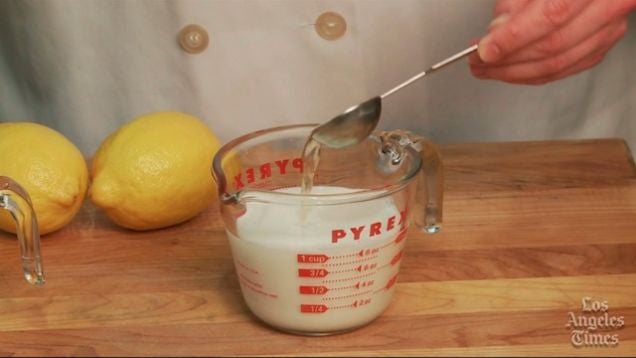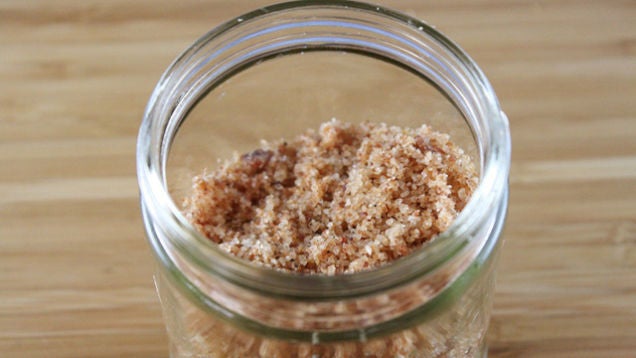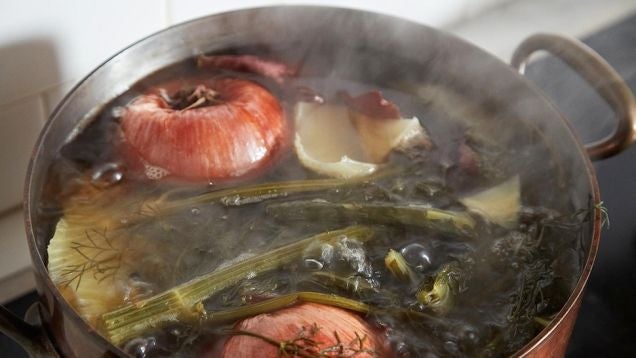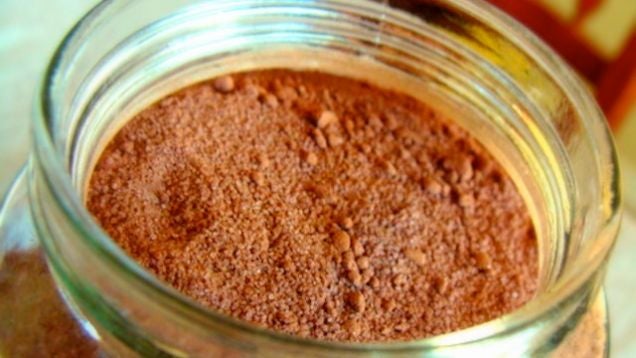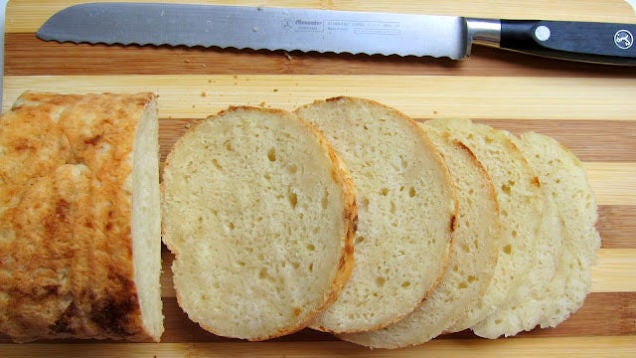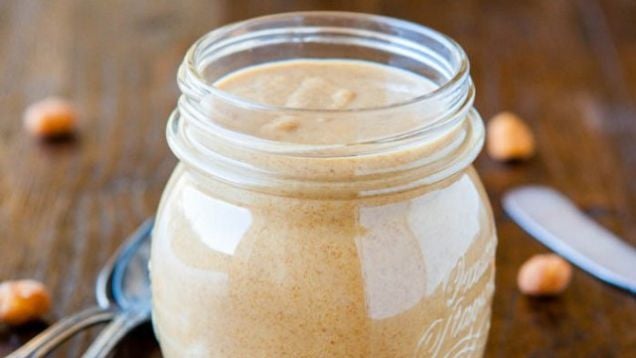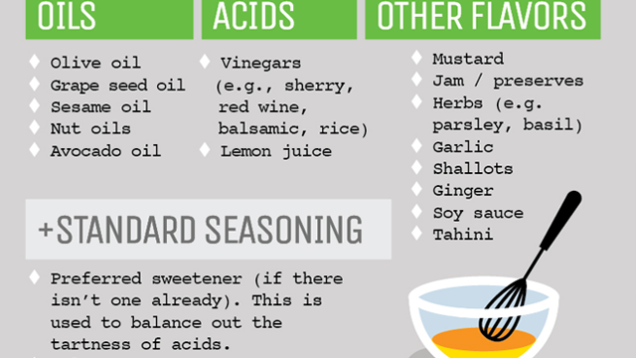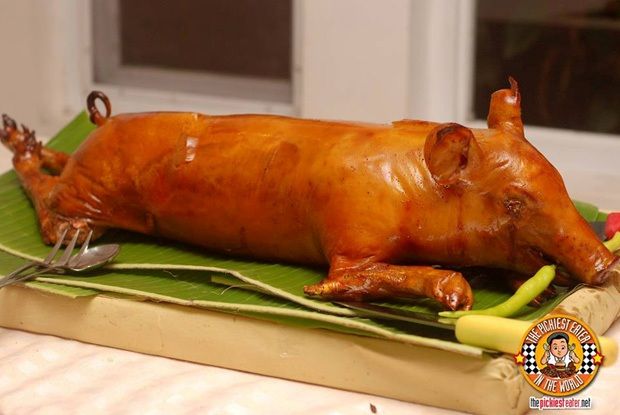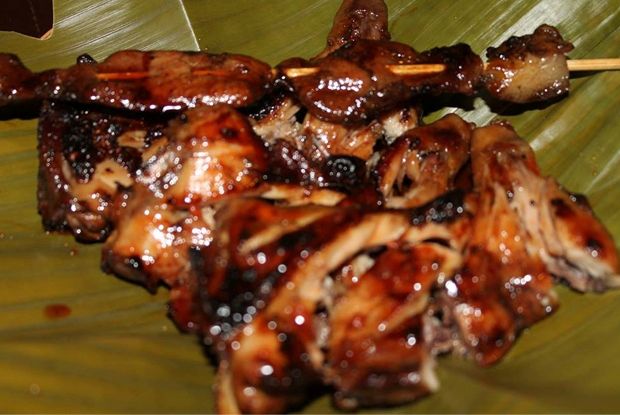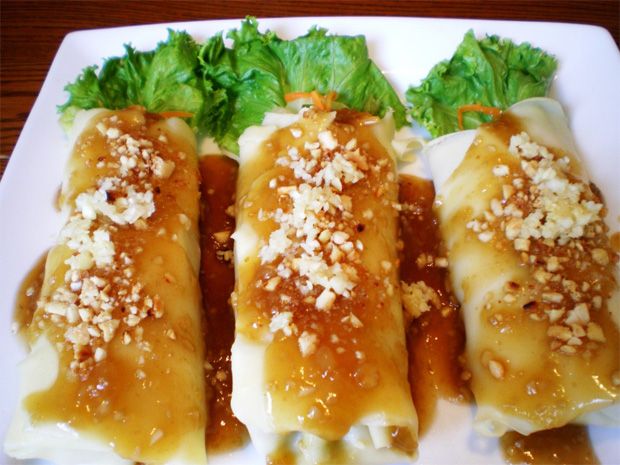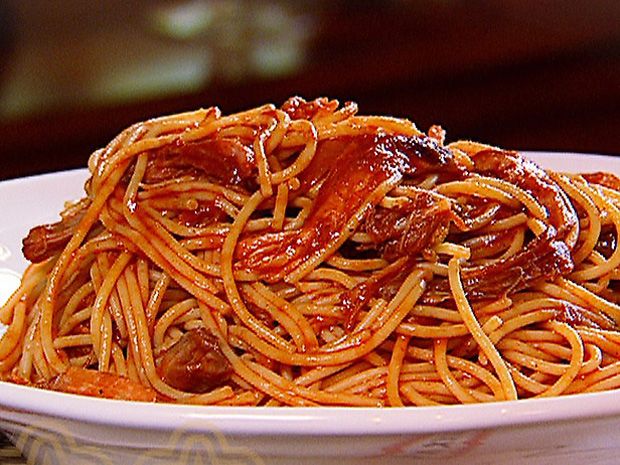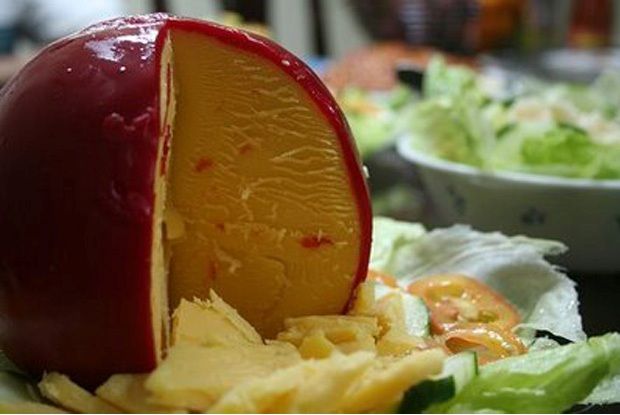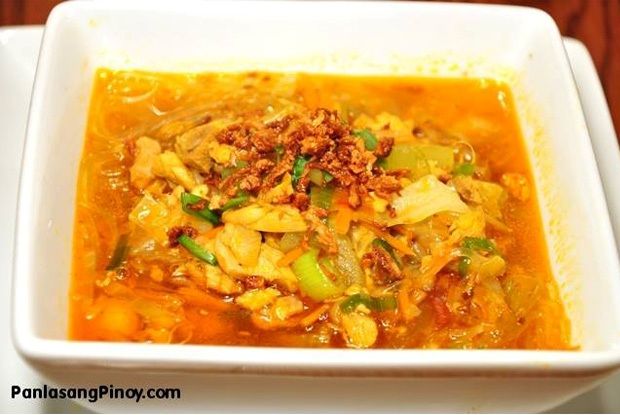We know from all the emails we get from our readers that “lack of money” is one of the biggest things holding you back from having more travel in your life.
If you want to travel more over the coming new year it’s now time to start thinking about your finances and channeling what money comes into your life in the right direction.
This can be easier said than done and everyone has different financial challenges and backgrounds, but there are simple ways and more creative ways to add to your bank balance.

As we’ve mentioned over and over again a lot of it comes down to your priorities. If you want
more travel in your life you have to make travel a priority, especially with regard to getting your finances in order.
Today we’re going to focus on ways to create more money to add to your travel fund once you’ve got your expenses under control.
So lets make the intention right now to put one of the strategies below into practice, and please share any of your own tips in the comments.
1. Rent out spare rooms / take in a room mate
We had two boarders living with us before we left for our five year honeymoon in 2002. Some of that money went to bills (reducing costs) and what was left went straight into the travel fund.
When I lived in
London, I lived with anywhere from 5-25 people. It meant I shared a room usually with 2-3 people; sometimes I slept on the lounge room floor. I know this is not the comfort most people want – I was young and single at the time – but my rent was £35 a week, with bills and grocery staples included. This meant I had so much more money for travel.
I don’t regret this sacrifice as it meant I created amazing memories and I formed friendships with people around the world whose couches I could sleep on when I visited their country.
Consider Airbnb
Maybe you could list your property with
Airbnb and rent out an extra room or your whole property.
Our friend in North Carolina is a single guy with a 4 bedroom home. He just took in a room mate who’s monthly payment now cuts his mortgage in half – meaning more money for travel.
2. Work multiple jobs
This was something I totally embraced pre-kids. At one stage I had 9 part-time jobs on rotation. I was never one for the standard working job life. Working a full-time and a part-time job is tough, especially when your full-time one is teaching.
After a stressful and tiring day teaching my students, I’d don the waitress outfit and head to the local restaurant until around midnight. It sucked, but I was committed and all the extra money went into the travel fund and the odd wine to calm my nerves before bed!
3. Live off one wage
If you are a
couple, consider living off one wage and save the other. This is what
Craig and I did for 12 months. Once you commit to it, you’ll find it easier than you think. You’ll find a way to manage and if you bank the one wage immediately you won’t notice its absence so much.
Sit down with your partner and create a budget. Cut out all unnecessary expenses and focus purely on covering your needs.
Decide on whose wage will best cover these expenses. Wiggle the budget around until you can make it fit the salary comfortably. Leave a little buffer.
Set up a plan to bank the other wage as soon as it is received. Put it straight into the high-interest savings account you have set up. Don’t stress if you can’t bank the entire wage of one partner, bank as much as you can of the one wage. Make it a game to see how much you can increase it by each week.
It’s a great way to get you used to living off little and needing less.
4. Work extra shifts
Some jobs pay extraordinarily well for overtime. My brother in-law earns great money because he chooses the shitty night and weekend shifts. This gives him lots of penalty rates and overtime. The extra money means he can travel more during the year.
Craig always worked on a Saturday during his construction days to earn the extra cash we needed for travel.
5. Ask for a raise
Have you been employed at your position for sometime and are exceeding expectations, or are overdue for a raise? Politely ask for one. Or why not add more value to your job – think promotion!
6. Be a tutor
One of my rotating part-time jobs was tutoring. I tutored some of the local school children. It was only for a few hours a week, but the extra cash added up and it was tax free.
I also gave private English lessons to a student at my school in
Bangkok, which gave me a few extra dollars. Craig and I also tutored a Buddhist monk in Bangkok, but that one was for love and fascination.
7. Automate your savings
Pay yourself first! Savings should be your priority. Set up an automatic transfer that deducts 10% (or higher) of your wage each week and have it transferred into your travel savings account (a high interest account online).
If all your money is easily accessible and sitting in your everyday spending account the temptation is always there to spend it. It’s a lot easier to keep track of your savings if you have them separate from your spending money. If you don’t touch or see it you won’t miss it.
8. Use a high-interest savings account
There are savings bank accounts that can pay you good interest, well at least in Australia. Depending on the balance we can earn from $50- $150 a month. Remember it all adds up and its money for nothing. In places like
Asia and
Africathat can go a long way.
In Australia we discovered an everyday transaction account at
ING Direct that gave us 5% cashback for every transaction under $100. It lasted for 6 months. Now they are offering the same deal long term at 2% a month. We are right on top of that and earning money for normal everyday spending.
9. Set savings goals
Just like you would for buying a house or a car, decide how much you need for travel then set goals and time frames to accomplish them.
Start short term. Set a particular date for accomplishing shorter-term goals, and make sure the goal is attainable within that time period. Figure out how much you need to save per week or per pay check.
- First save for your airfare.
- Then accommodation.
- Then spending money.
It’s easier if you break it down into increments. Just like in
reducing your expenses, you’ll see results sooner which will keep you motivated.
10. Luxury Verse Needs
Get back to basics.
You don’t really need a lot to survive, nor to have a great life really. You can get by with less. Your life will feel less cluttered, which will free up even more energy in order to attract more money to you.
Would you prefer your life to be full of memories or full of stuff?
Ditch the labels, the expensive price tags, the brand new cars and other goods, the fancy restaurants, and top shelf drinks. Start living on a needs basis, not a want.
11. Create multiple streams of income
This is the key to a continual flow of money. Plus, it gives you lots of security in case one stream dries up.
When we were saving initially to travel these were the ways we had multiple streams of income:
- Full-time jobs
- Part-time jobs
- Rent a spare room
- Investments
- Interest
- and Craig would do odd building jobs for friends.
Now that we have our own
blogging business, we receive income in a multitude of ways and I am always adding in more when they come along. These are the current various streams:
- freelance writing
- freelance content creation
- working on campaigns with brands
- sponsored posts
- advertising
- affiliate sales
- eBook sales
- speaking fees
- ambassador programs
Little bits from each stream add up.
Want more Money Project Gold? Add your email below for free updates:
12. Save your tax refunds
I hope you receive a refund check. If you don’t then celebrate as it means you are earning decent money, you just need to make sure you are putting it to good use.
I don’t know how many times the money we received back from the government helped us live for an extra month on the road. Consider it money you have been saving all year and put it straight into your travel fund.
13. Save any bonuses or windfalls
Do you receive bonuses from your work? What about birthday or holiday money? And windfalls?
We were due to leave on a summer road trip down to Florida in 2005. We had no money and it was looking like we’d have to cancel. A month before departure date, I received an unexpected $800 bonus from school. Awesome! It went straight in the travel fund; we’d at least get 2 weeks of travel out of it.
Then, at the last minute, a friend from
Dublin contacted me to say she had a check waiting for me. Teachers were getting back pay with a raise they should have been given years before. Lucky these years were the time I taught there. It was so lovely to receive a check for €2, 500.
Hello Florida road trip!
14. Collect all your spare change
You will not miss the spare coins in your wallet. In fact, you are more than likely to spend them just to get rid of the weight.
Take the coins, or even all your $1 bills and put them into your money box. We give all our coins to Kalyra and she has over $400 in the bank. That’s her entry ticket plus accommodation to Disneyland paid for.
Pick up loose coins. I never walk over any coins I find on the ground. I don’t care if it is 10 cents and I don’t care who is looking. I pick it up and always say,
“Wow. Look at this money the Universe is sending my way. Thank you so much.”
And then I put it in my wallet believing that more is coming my way in the most unexpected surprises.
15. Move back in with your parents
Ouch! This is certainly not something we envisioned as adults with two kids but we did it for three years with Craig’s parents – a result of our
real estate fiasco. A sacrifice that has helped us get back on our feet.
You certainly don’t have to do it for three years, even three months can make a huge difference. In this game of creating your dream travel life you have to do whatever it takes. When you say yes, you are talking total commitment.
Don’t focus on the sacrifice, focus on the reward and know that this too shall pass.
16. Pimp out your talents
What special talents do you have that someone will pay for? Anything you can do that will save them time or money?
You can put yourself up for hire in places like
Elance or
Fiverr. Remember $50 here and there adds up. Research those sites to see what others are doing; it might stir up some ideas for you as to what you might be able to do.
We share hundreds more tips on budgeting for travel and creating the travel life you love in our ebook, which you can read more about
here.Do This:
Choose 1-3 of the above strategies to implement this week. Schedule it into your weekly plan. Make the phone calls, create the plan, and take action.
Don’t forget to reward yourself for your saving victories, but not by spending your money!
Make a list of rewards you can give yourself with each new breakthrough. Make it something that does not cost a lot of money, yet makes you feel good. Get yourself in the habit of rewarding yourself in this way.
What tip can you add to this list?


















